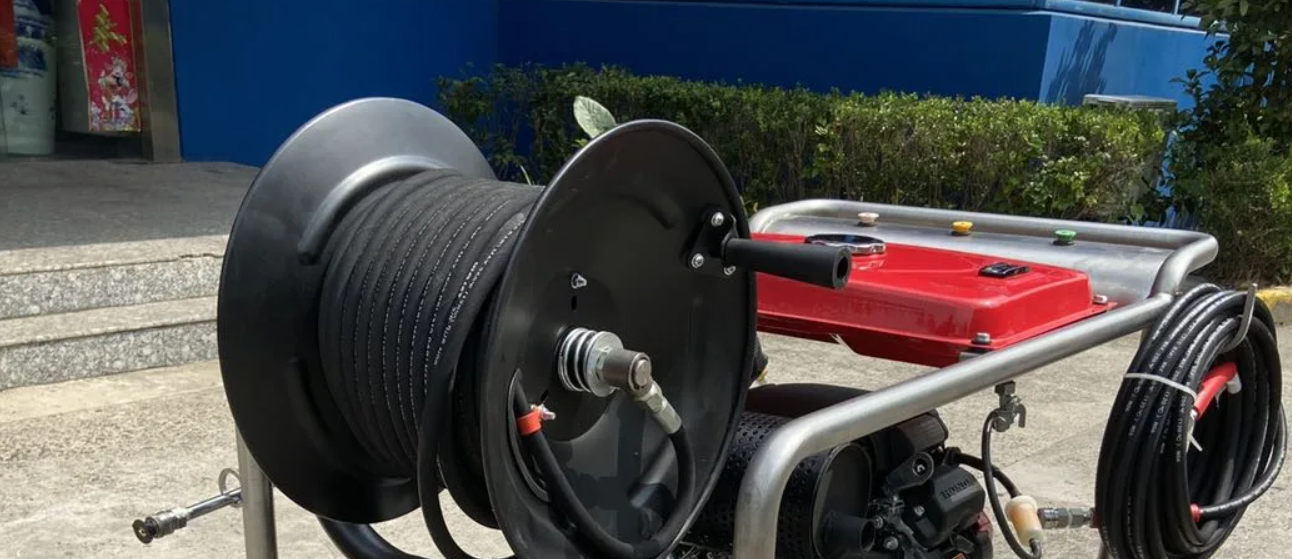A pressure washer is a great tool for cleaning all kinds of things around the house and in the yard. But if it freezes during storage, you may find yourself cleaning up a mess — water will expand when it freezes, and that can crack many of the parts on a pressure washer.
Once the water has expanded and cracked something in the pump, you may be able to thaw it out and operate it again, but you'll probably need to replace it.
Causes of a Frozen Pressure Washer
Even if your pressure washer freezes and is damaged, it's often possible to repair it yourself. The most important thing is to determine where the water went and where it froze. That will tell you what kind of repairs you'll need to make. Here's what to do:
Check the intake hose. If your pressure washer has an intake hose (one that draws water from a separate source), check that first. Water can get into this hose through condensation or because the end wasn't closed properly before storing the machine. This is generally the easiest problem to fix — simply turn on your faucet, attach the intake hose and let water run through it until clear.
If you have a surface cleaner attached, remove and drain it as well. Check for cracks before using it again, as these are common when water freezes in them. Check for ice inside the pump housing as well; if there's ice in there, run hot water over the outside of the pump to help melt it.
How to Start a Frozen Pressure Washer
There is no need to panic if your washer suddenly stops working, even if you have a frozen pressure washer. There are many reasons why this could happen. It's always best to determine what the issue is first and then take the necessary steps to fix the problem.
The first step is to start the engine. You do this by either pulling on the cord (if you have a recoil start) or turning on the key (if it's electric).
Once the engine is running, allow it to warm up for about five minutes. This gives the fuel mixture time to thoroughly mix with the oil, which provides lubrication for your engine.
Next, check that you have enough water in your tank and that there are no leaks in your hoses or hose connections. You want enough water to wash out all of the grime and bacteria from previous uses without having so much water that it's difficult to work with. If you don't have enough water, add more until it reaches an adequate level - but be sure not to add too much!
Now that you've got everything ready, put on some safety glasses and gloves before starting your pressure washer! Hold onto something sturdy as you pull/push down on the trigger handle, which will release pressurized water from inside of the machine. It may take a few seconds for full power to come through from start-up but once it does, move around slowly over whatever needs cleaning until all grime and dirt. If it fails to start up, feel free to contact pressure washer professionals at the Giraffetools collections.


